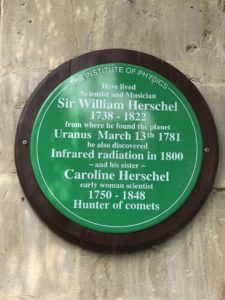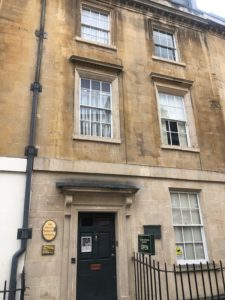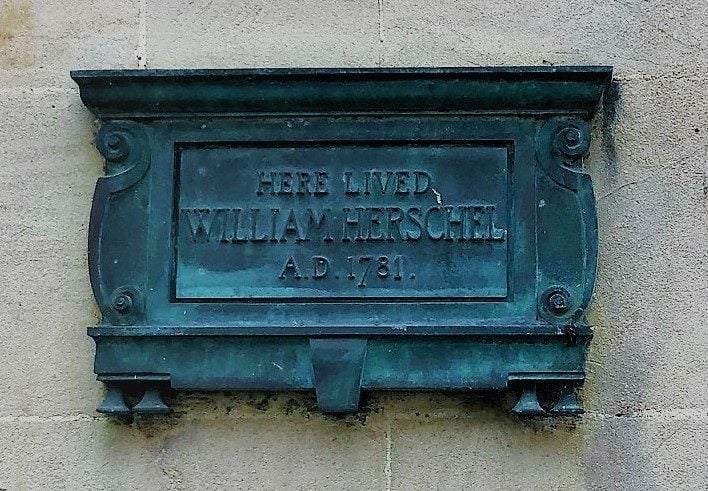William Herschel’s home to be heated by infrared
We are delighted to be sponsoring the Herschel Museum of Astronomy, the home of William Herschel, who discovered infrared back in 1800. This is a piece of history close to our hearts here at Herschel Infrared and we are thrilled his house is to be heated by Infrared. We will be supplying a Herschel Infrared picture panel to heat William Herschel’s home. The infrared picture panel is to be fittingly designed with a picture of Uranus, the planet William Herschel also discovered with a telescope he built by himself back in 1781.


“We’re sure that William Herschel would be delighted if he’d known that one day his home would be heated by infrared heaters, using his pioneering discovery of infrared! We’re delighted to be working with the Bath Preservation Trust on this venture”, Paul Morey, Herschel Infrared CEO, comments.
We are also in discussions with Bath Preservation Trust to heat the rest of the Herschel Museum along with opportunities for their other sites.
“We are delighted to be working with Herschel Infrared Heaters and are excited to see that William Herschel’s own discovery of infra-red is still relevant to scientific and technological developments today. It is also interesting for us to see how Herschel’s approach to problem solving by designing his own solutions, is still in use today. The new heater will be a great addition to the museum, providing a modern and environmentally sustainable solution to heating in a historic building.” Claire Dixon, Director of Museums & Deputy Chief Executive, Bath Preservation Trust.
William Herschel’s Home
Having had the pleasure of visiting the Herschel Museum of Astronomy, in Bath, we can strongly recommend a visit to this small yet fascinating museum, set in the Georgian home where William Herschel lived. Providing an insight into the actual setting where some extraordinary discoveries were made, the museum is a delight, particularly for those with a keen interest in history, astronomy, technology, music or 18th Century living.
It is inspiring to see around this terraced property in Bath where such profound discoveries were made, not only by William but also his sister Caroline Herschel, whose own biography includes the discovery of eight comets. It was from this very location, in his small back garden in Bath, that William Herschel discovered Uranus and the museum includes a replica of the very telescope he used in his discovery.

Discovery of Infrared Radiation
William Herschel’s discovery of infrared radiation was accidental during one of his experiments. With three thermometers, a prism and a piece of white card set up to measure the temperatures produced by the different colours that make up sunlight, William was surprised to discover that, beyond the red end of visible light, the thermometer read a higher temperature. Prior to Herschel’s discovery, no-one else had previously considered that this heat was indeed another form of light. Whilst unlikely to have fully understood the implications of his findings at the time, William’s discovery of infrared radiation has proved to be hugely significant to the modern world and for this reason, the Herschel Museum of Astronomy has launched its new exhibition on William Herschel to highlight his ground-breaking discovery of infrared radiation.
Exhibition on Invisible Light: William Herschel and Infrared.
Running all year from March until 31 December 2019, this exhibition explains Herschel’s discovery and it is fascinating to see his original handwritten notes, detailing his experiment and his discovery.
The exhibition explains the huge significance of his infrared discovery particularly in light of the continuing use of infrared today – within medicine, in science to photograph the furthest reaches of our universe and also to assist in understanding the impact of global warming and climate change. In addition, it is used in everyday technology such as TV remote controls and, of course, infrared heating, where advancements in technology have enabled us to benefit from his pioneering discovery.
So be sure to visit the exhibition and take a fascinating look back at history and the discovery of infrared by William Herschel.


